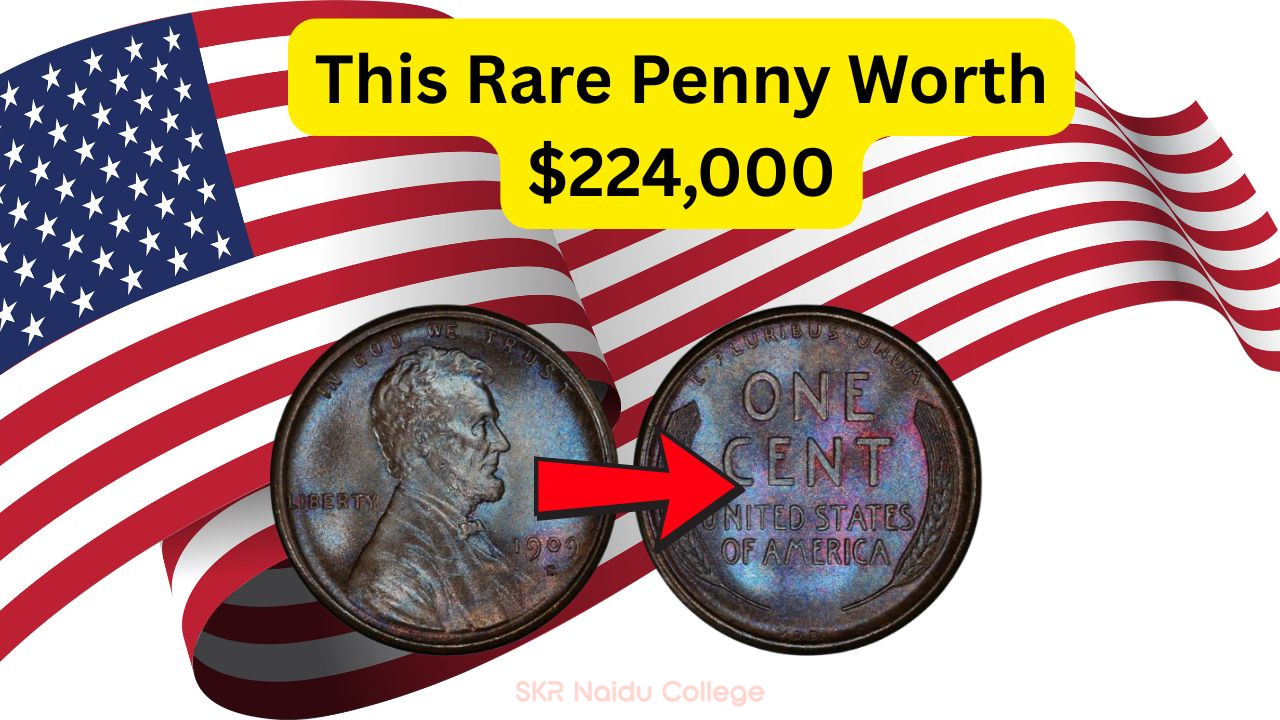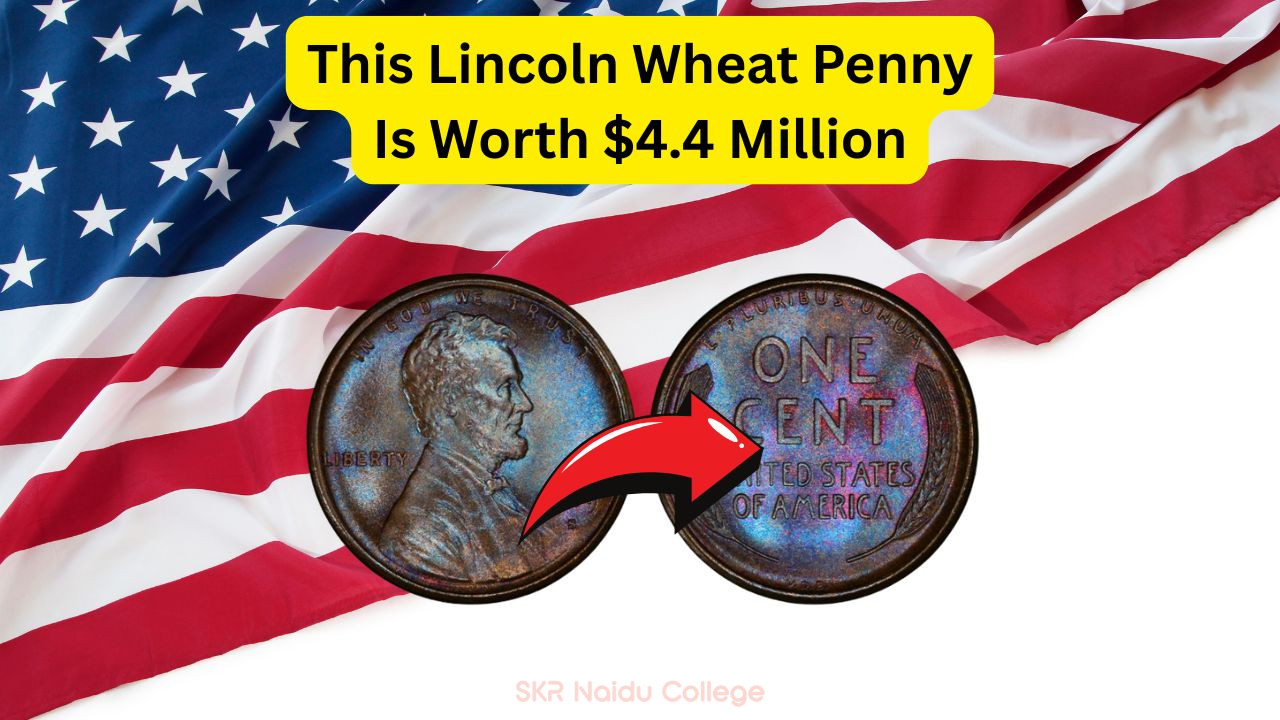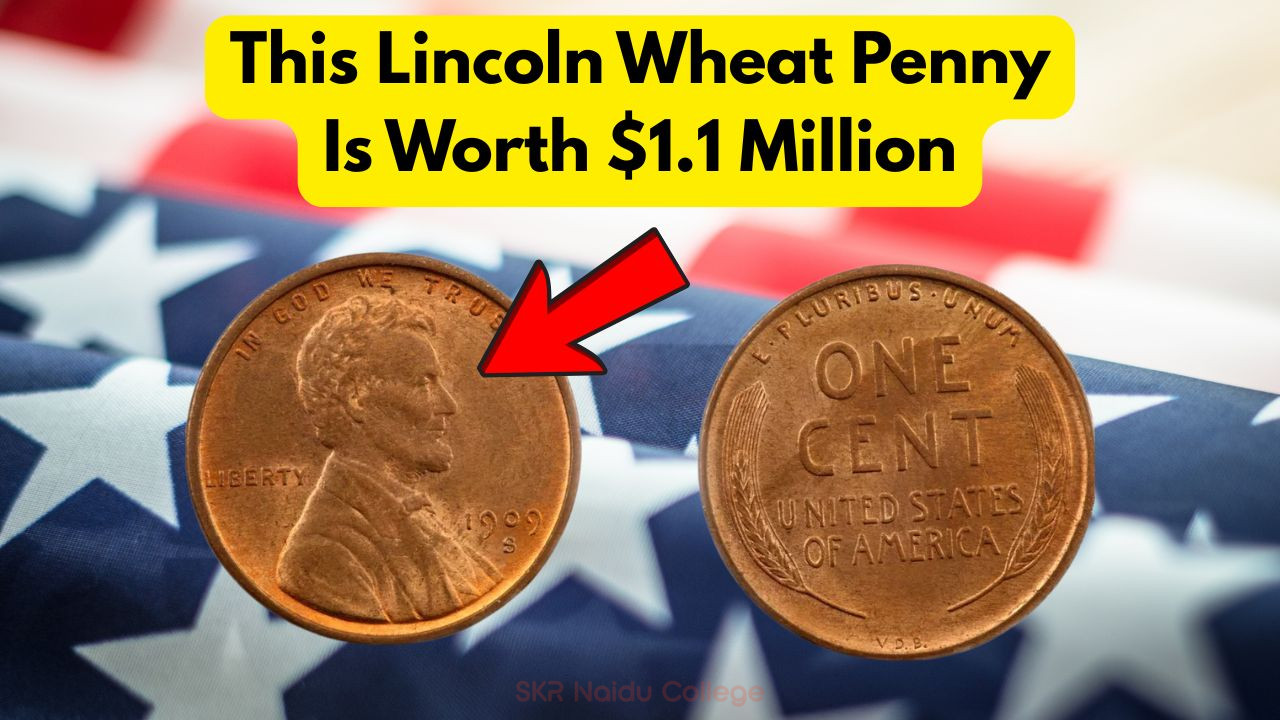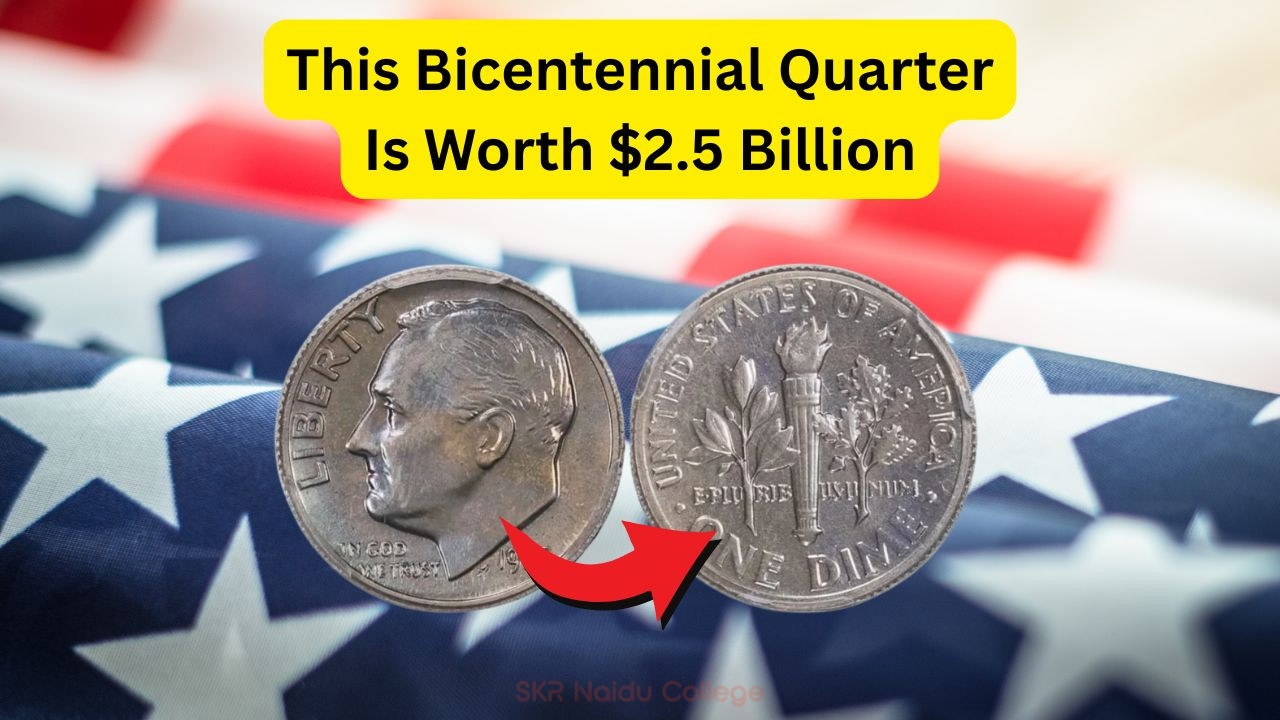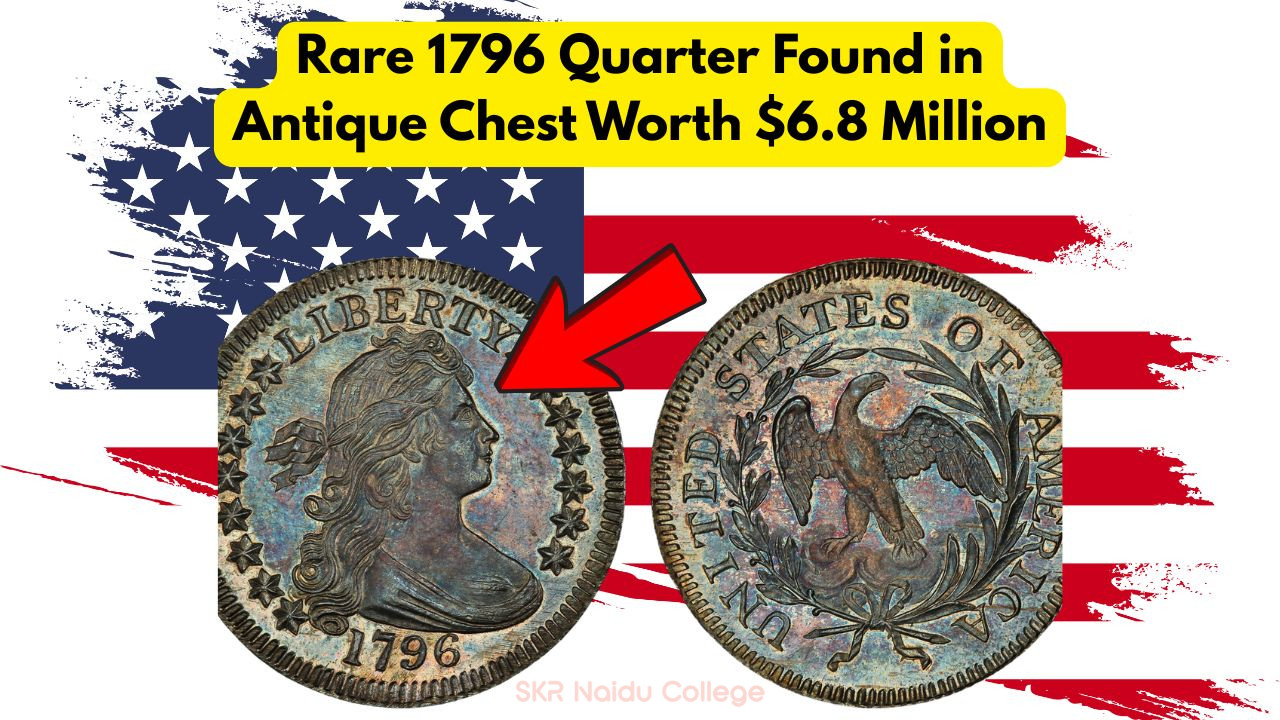Rare Lincoln Wheat Penny
The Enigmatic Journey of the Rare Lincoln Wheat Penny
Rare Lincoln Wheat Penny: The Lincoln Wheat Penny, a coin that has fascinated collectors and historians alike, carries a rich story steeped in history and rarity. First minted in 1909, this penny was designed to honor the centenary of Abraham Lincoln’s birth and has since become a cherished piece of numismatic history. The appeal lies not only in its historical significance but also in its scarcity, with certain variants still circulating that are highly valuable. Among these, one particular variant, rumored to be worth as much as $224,000, continues to captivate the imagination of coin enthusiasts across Coins.
Why the Lincoln Wheat Penny is Special
- First U.S. coin to feature a president’s likeness.
- Introduced in 1909 to commemorate Abraham Lincoln’s 100th birthday.
- Designed by Victor David Brenner, a renowned sculptor.
- Features two wheat stalks on the reverse side, symbolizing prosperity.
- Minted until 1958, eventually replaced by the Lincoln Memorial design.
- Contains rare variants like the 1943 copper penny.
- Some Lincoln Wheat Pennies can fetch high prices at auctions.
- Continues to be a favorite among collectors and historians.
Identifying the Rare Penny Worth $224K
Identifying the elusive Lincoln Wheat Penny that could be worth up to $224,000 requires a keen eye and a bit of numismatic knowledge. The most sought-after versions were minted in 1943, a year known for steel pennies due to copper shortages during World War II. However, a few were mistakenly struck in copper, making them extremely valuable today. These copper variants are the holy grail for collectors, with their value driven by rarity and historical significance. Authenticating these pennies involves examining their weight, color, and mint mark. Professional grading services can confirm authenticity, a crucial step for potential sellers looking to capitalize on their find.
| Year | Material | Mint Mark | Estimated Value | Notable Features | Weight | Color | Rarity |
|---|---|---|---|---|---|---|---|
| 1909 | Copper | VDB | $500 – $1,000 | Designer initials | 3.11g | Red-brown | Common |
| 1914 | Copper | D | $150 – $2,000 | Low mintage | 3.11g | Brown | Rare |
| 1922 | Copper | No D | $700 – $6,000 | Weak strike | 3.11g | Brown | Rare |
| 1943 | Steel | D | $0.25 – $1.00 | Common steel penny | 2.7g | Silver | Common |
| 1943 | Copper | D | $224,000 | Error coin | 3.11g | Red | Extremely Rare |
| 1955 | Copper | Double Die | $1,000 – $15,000 | Double image | 3.11g | Red | Rare |
| 1958 | Copper | Double Die | $50,000 – $100,000 | Double image | 3.11g | Red | Extremely Rare |
| 1969 | Copper | S | $10,000 – $100,000 | Double die obverse | 3.11g | Red | Very Rare |
Collecting Lincoln Wheat Pennies
Collecting Lincoln Wheat Pennies is a rewarding endeavor for both novice and seasoned numismatists. With a history that spans nearly half a century, these coins offer a window into the past and a tangible connection to American history. Enthusiasts often start by seeking common dates and slowly progress to hunting for rarer variants. The thrill of finding a rare penny, especially one from a limited mintage year or an error coin, is unparalleled. Building a collection involves not just acquiring coins but also preserving them. Proper storage in albums or holders can prevent damage and maintain their condition.
Tips for Aspiring Collectors
- Research: Understanding the history and significance of each variant is crucial.
- Condition: Look for coins in the best possible condition; uncirculated coins are more valuable.
- Authentication: Use professional grading services to verify rare finds.
- Budget: Set a budget and plan purchases accordingly; rare coins can be expensive.
- Networking: Join collector groups to learn and trade with other enthusiasts.
- Storage: Store coins properly to prevent tarnishing and damage.
- Patience: Building a collection takes time; enjoy the journey.
The Historical Significance of the Wheat Penny
The historical significance of the Lincoln Wheat Penny extends beyond its monetary value. These coins were the first to depict a real person, marking a departure from previous coinage that featured allegorical figures. The introduction of Lincoln’s image was a bold move, reflecting his enduring legacy as a unifying national figure. The reverse design, with its wheat stalks, was a nod to America’s agrarian roots and prosperity. Over the years, these pennies have been witness to significant historical events, from the Great Depression to World War II. Each coin tells a story, making them cherished keepsakes that embody the spirit of an era.
Key Historical Moments
- 1909: Introduction of the Lincoln Wheat Penny.
- 1918: End of World War I, pennies used in war bonds.
- 1929: Great Depression, pennies in circulation.
- 1943: Steel pennies minted during WWII.
- 1955: Double die error discovered.
- 1958: Last year of the wheat penny design.
- 1969: Double die obverse variant minted.
- 2009: Bicentennial of Lincoln’s birth, commemorative issues released.
Rarity and Value
The rarity and value of the Lincoln Wheat Penny are dictated by several factors, including the year of minting, mint mark, condition, and any unique features like errors or double dies. The 1943 copper penny, for instance, owes its value to the mistake of being struck in copper instead of steel, making it a coveted acquisition for collectors. Rarity often correlates with value, with coins from low mintage years or those with significant historical ties fetching higher prices. Collectors often rely on auction houses to gauge the current market value of these rare pennies, ensuring they stay informed about their collection’s worth.
Reasons for High Value
- Minting errors like the 1943 copper penny.
- Low mintage years increase scarcity.
- Historical significance and collector demand.
- Condition and grading impact market value.
- Provenance and documented history enhance value.
Tips for Selling Rare Pennies
For those fortunate enough to possess a rare Lincoln Wheat Penny, selling it can be a lucrative endeavor. However, navigating the sale process requires careful consideration and planning. The first step is authentication, ensuring the penny is genuine and accurately graded. Once verified, owners can explore various selling avenues, such as auctions, private sales, or online marketplaces. Each method has its pros and cons, with auctions offering potentially higher returns but also requiring fees and commissions. It’s essential to keep abreast of market trends and consult with experts to determine the best timing and method for selling.
| Method | Pros | Cons | Recommendation |
|---|---|---|---|
| Auctions | Potential for high returns | Fees and commissions | For rare, high-value coins |
| Private Sales | Direct negotiations | Limited reach | For experienced sellers |
| Online Marketplaces | Wide audience | Risk of fraud | Use trusted platforms |
| Coin Shows | Networking opportunities | Travel costs | For networking and selling |
| Dealers | Quick sale | Lower offers | For convenience |
| Consignment | Professional handling | Commission fees | For rare, valuable coins |
| Online Auctions | Global reach | Fees and competition | For high-demand coins |
| Pawn Shops | Immediate payment | Low offers | For quick cash needs |
FAQs about Lincoln Wheat Pennies
- What makes the 1943 copper penny so valuable? The 1943 copper penny is valuable due to its rarity; it was mistakenly struck in copper instead of steel during World War II.
- How can I tell if my penny is a rare Lincoln Wheat Penny? Look for specific years, mint marks, and errors. Professional grading can confirm authenticity.
- Where can I sell my rare Lincoln Wheat Penny? You can sell through auctions, private sales, or online marketplaces. Choose the method that best suits your needs and coin’s value.
- What factors affect the value of a Lincoln Wheat Penny? Key factors include rarity, condition, mint year, mint mark, and any unique features like errors.
- Are all Lincoln Wheat Pennies valuable? Not all are valuable; common dates and worn coins are less valuable. Rare variants and those in excellent condition are more sought after.
Exploring the World of Coin Collecting
Embracing the Hobby
Building a Collection
Understanding Coin Values
Connecting with Other Collectors
Preserving History
